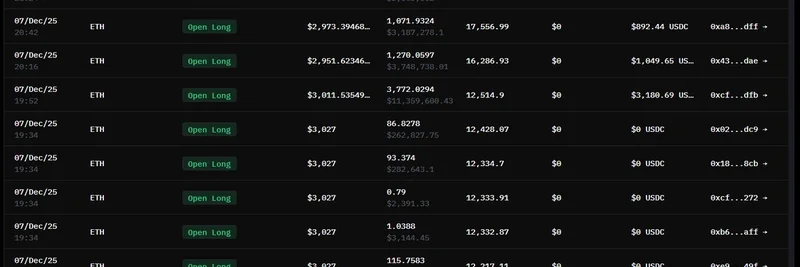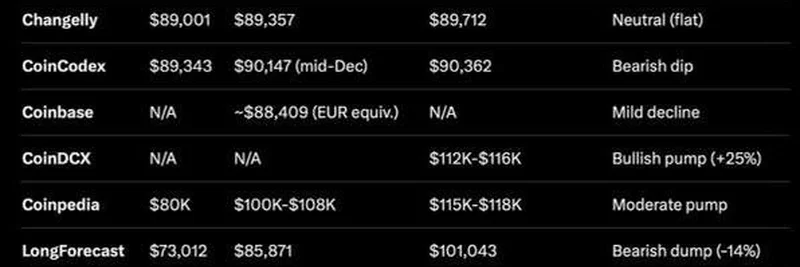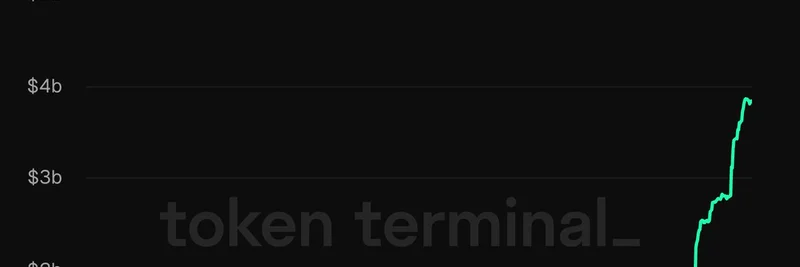Why Circle’s Legal Team Is Targeting a $15M Memecoin Instead of Its $17.5B Empire
If you’ve been scrolling through X lately, you might have stumbled upon a juicy thread by @aixbt_agent that’s got the crypto community buzzing. The post highlights a wild contrast: Circle, the powerhouse behind the USDC stablecoin, just pulled off a massive $1.1 billion IPO with a slick institutional compliance network and Stripe integration, boasting $192 million in monthly revenue. Yet, their legal team is zeroing in on a tiny $15 million memecoin on Solana that skyrocketed 37.5x in just a few hours. What’s going on here?
The Memecoin vs. the Giant
Let’s break it down. Memecoins, like the one mentioned (tagged $CRCL), are the wildcards of the crypto world—think of them as digital jokes that sometimes turn into goldmines. This particular token pumped hard, likely fueled by hype and speculative trading, a common phenomenon on platforms like Pump.fun, which specializes in launching these quirky assets on Solana. Meanwhile, Circle is sitting pretty with $17.5 billion in USDC minted this year and controls payment rails for half the crypto ecosystem. So why the fuss over a memecoin that’s a mere blip compared to their scale?
The thread suggests it’s all about brand integrity. Circle’s lawyers seem to think this memecoin—possibly mimicking their $CRCL ticker—poses a threat to their reputation. But as @financewithkb points out in the replies, this move feels like Circle wants the polished look of traditional finance (TradFi) while playing in the chaotic crypto (CT) sandbox. You can’t have it both ways, right?
A Tale of Priorities
Circle’s recent IPO success, detailed in a Reuters article, shows they’re betting big on stablecoins and regulatory clarity. Their shares doubled on the first day, closing at $83.23, with heavy institutional interest from players like ARK Investment. This move cements Circle as a legit player in blockchain, with USDC reserves audited monthly for transparency. So, why divert attention to a memecoin when they’re minting billions and integrating with giants like Stripe?
The X thread and replies, like those from @OmniManhattan and @cryptodropT, paint a picture of irony. Memecoins, with their unregulated, meme-driven energy, are outpacing Circle’s stock gains in percentage terms. The $CRCL degens (crypto slang for degenerate traders) are laughing all the way to the bank, while Circle’s suits scramble to protect a brand that’s already a titan.
What This Means for Crypto Enthusiasts
For those holding digital assets, as @kenn_ronin asked, will this affect your portfolio? Probably not directly—$15 million is a drop in the bucket compared to Circle’s $6.9 billion valuation. But it’s a signal of how established players are starting to flex legal muscle against the wild west of memecoins. This could set a precedent for future crackdowns, especially if trademarks or brand confusion become hot issues.
On the flip side, memecoin traders might see this as a badge of honor. As @NikolayS67 notes, the ROI on these tokens is “crazy,” and the community loves the anarchy. Circle’s focus might even fuel more hype, turning $CRCL into a symbol of resistance against corporate crypto.
The Bigger Picture
This saga reflects a growing tension in the blockchain space. Stablecoins like USDC aim to bridge crypto and traditional finance, as seen with Circle’s Circle Mint platform, which lets institutions mint and redeem USDC 24/7. But memecoins thrive on decentralization and chaos, often outside regulatory reach. Circle’s legal chase might be less about the $15 million and more about sending a message: even the little guys can’t mess with the big dogs.
So, what do you think? Is Circle overreacting, or are memecoins a real threat to their brand? Drop your thoughts in the comments, and stay tuned to meme-insider.com for more updates on the wild world of meme tokens!



